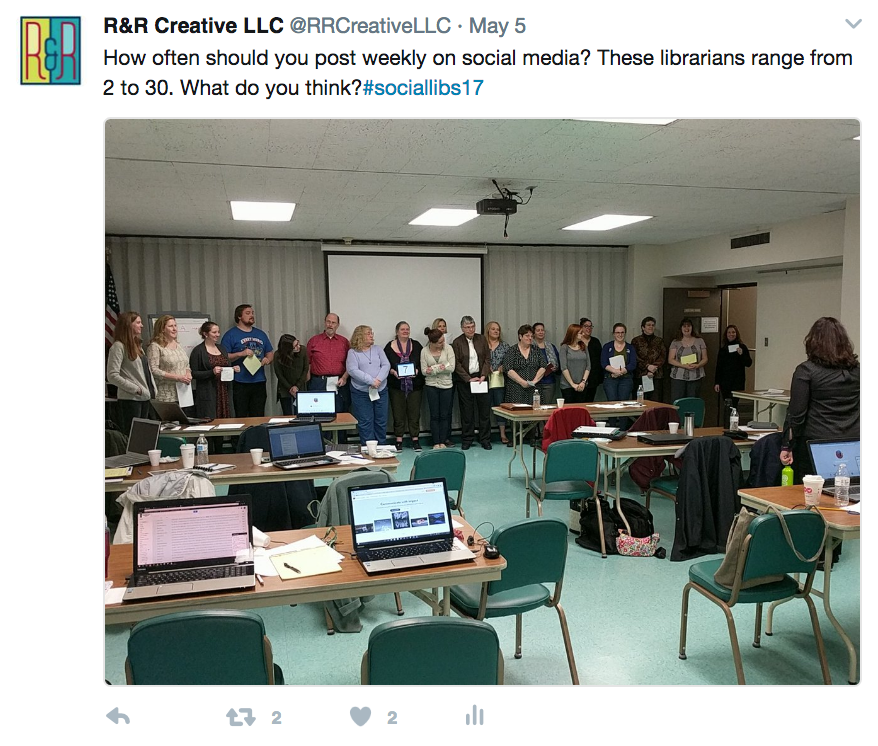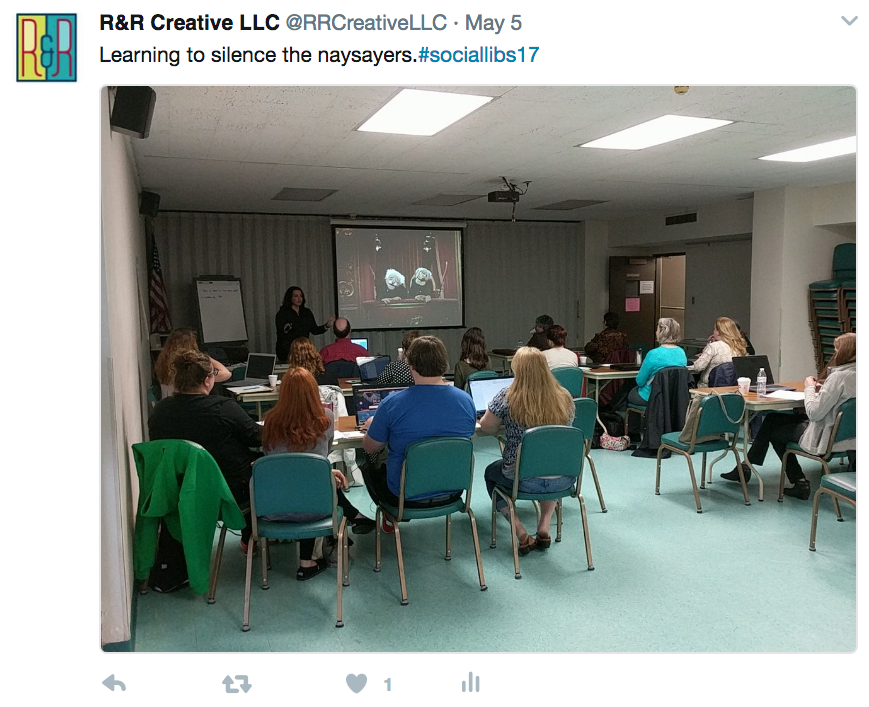by Rachel Dukeman | Oct 9, 2020 | Thought Leaders
Are Nonprofit Boards Perpetuating White Supremacy?
Let’s start with a question: What are the main reasons nonprofits ask people to join their Board of Directors?
When I ask clients this question, I often hear answers that many nonprofits ask people to join their Boards for fundraising purposes — either that the person has the means to donate or is well-connected to those who do. I recognize that ‘not all Boards’ are guilty of this all the time. And, more pragmatically, some nonprofits have working Boards who volunteer and are heavily involved in programs.
Let’s move forward with the premise that many nonprofits look at Boards as a fundraising tool. How better to involve your highest level donors than by involving them in leading the organization, right?
The correlation between fundraising and a Board of Directors stems from nonprofits’ structure where the Board is the governing body — and with that governance comes fiduciary responsibility. A fiduciary duty means the person is accountable for the financial management of the organization. For nonprofits, one aspect of this means ensuring the organization spends money in the fulfillment of its mission.
We can talk more about other aspects of fiduciary responsibility later (in fact, we can probably have multiple discussions on ethics, checks and balances, conflicts of interest, and more). For right now, I want to hone in on how the premise that nonprofit Boards are fundraising tools perpetuates white supremacy.
(Yes, there are Black, Indigenous, and People Of Color (BIPOC) with financial means. There’s plenty. And they should and do have roles on nonprofit Boards. That’s not the point.)
What’s important is that: By looking at fundraising acumen as the main criteria for members of a Board of Directors, nonprofits encircle themselves with people who benefit from generational wealth and privilege (read: inheritance of property or money, traditions of higher education, etc…. read: White people.)
When nonprofit Boards are majority White, they reinforce views of White people in positions of power. Who decides the direction of the nonprofit? Who is in the room where it happens?
By treating a Board of Directors as a nonprofit wallet, nonprofits belittle the Board’s fiduciary responsibility and, in turn, do not benefit from the financial management structure intended. Where are the checks and balances when the decision-makers are the main financiers?
The nonprofit industry needs to re-visit why nonprofit Board of Directors exist. Boards that comprise members who hold the nonprofit accountable to their mission, provide financial management, and improve program delivery, will better represent the audiences they serve thus becoming more diverse — and be more successful in fulfilling their mission.
Solutions to start with:
1. Stop judging the financial health of a nonprofit by 100% Board giving. Foundations need to stop looking at that as a metric. Donations do not equal financial management.
2. A nonprofit board is not a collection of funders or a fundraising department. Quit treating it as such.
3. No more “Give or Get” policies. That is not the measure of a Board member’s accountability or success.
4. Invite on and develop Board Members who will uphold their fiduciary responsibility.
That’s a good place to start. What else should we do??
—-
If anything in here has you raising your eyebrows, here is some further reading:
https://www.nytimes.com/interactive/2019/08/14/magazine/racial-wealth-gap.html
https://boardsource.org/fundamental-topics-of-nonprofit-board-service/roles-responsibilities/
https://nmaahc.si.edu/learn/talking-about-race/topics/being-antiracist
—-
All opinions are my own and do not reflect or represent any of the organizations with which I work, have worked, or have been, am now, or will be affiliated. In an effort to get this done promptly, I favored publishing over perfection and as such welcome corrections, edits, additions, and constructive feedback.
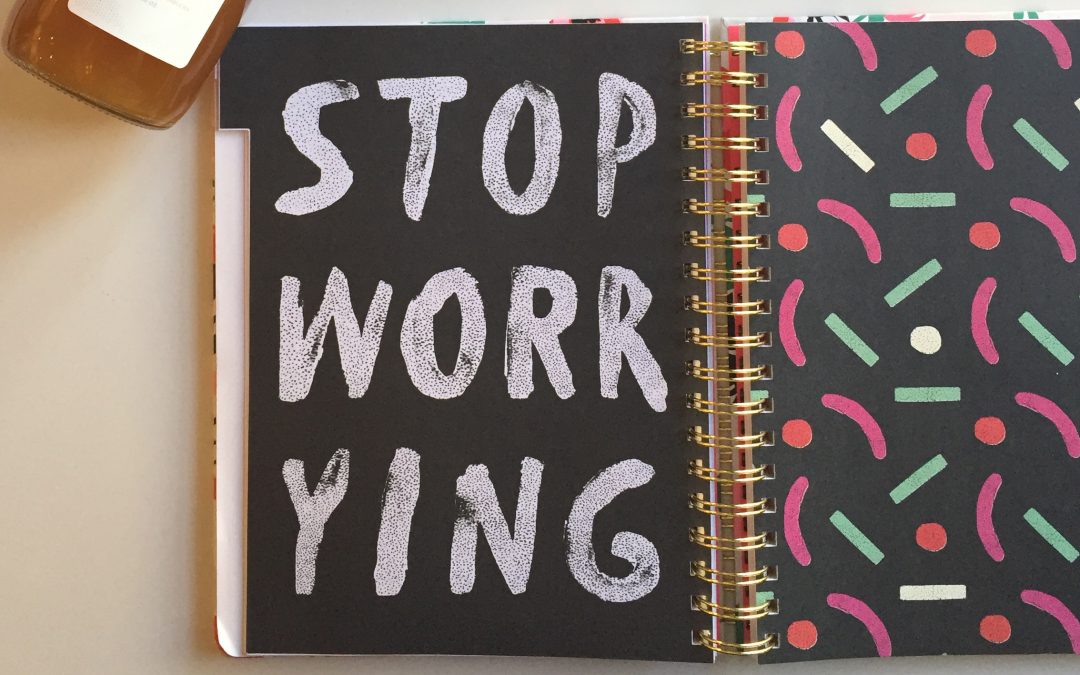
by Rachel Dukeman | Jul 11, 2017 | Action Planning, Design, Entrepreneur, Mindfulness
Your work space is important. It can dictate your productivity and vastly improve your mood. After dozens of projects with dozens of clients and three years in the same office, I’ve decided to actualize my daydreams and seek out the perfect office space.
I have been craving a comfortable, usable space that would inspire my creativity and embody my passions. I wanted a space to myself that is specifically designed for getting work done efficiently. I needed a space that was conducive to my entrepreneurial lifestyle. For me, that meant a window, a big desk, a “zen den,” and a small space for lunch meetings and quick brain breaks.
After searching for weeks, I have finally found the dream spot. I am relocating to Southwest Center City next week!
As you may know, I am passionate about balance and mindfulness. In packing up my old office and preparing my new one, I have discovered a few interesting lessons about usability and work habits that I hope will inspire you to think about your work space.
1. Clutter is NOT the answer

Clutter is always the paper note-taker’s biggest problem.
I am a big note taker, and I often lead strategic brainstorm sessions, board retreats, and focus groups. My notes provide me with every tool I need to propose smart solutions to strategic problems, but they also leave behind a war path of clutter.
Do you know these giant Post-Its? I usually bring two pads with me to each of those meetings. And as I started packing up my space, I realized that my office was hiding tons of old Post-Its, notes, journals, and legal pads full of ideas I had executed long ago.
When you finish with a scrap of paper, recycle the paper. You’ve already executed your best idea from that page of notes, so it is highly unlikely that you will use any leftover ideas. However, it is very likely that you will feel light and unencumbered when you walk into your open, de-cluttered office each morning.
2. Natural light can go a long way for fostering creativity

Imagine how creative you could be if you worked next to a floor-to-ceiling window every day…
My old office had a small window that was always a highlighted feature for me. I had all of my meetings next to the window, ate lunch near the window, and even decorated the window sill with plants to add extra green to the space.
When searching for a new space, I recognized that I was craving the natural light that a bigger window would provide. Just as going for a walk can help us relax our minds, natural light helps me clear my head and consider new perspectives on strategic problems. For me, natural light has been crucial to setting myself up to get into my most creative mindset.
3. The newest necessity for anyone working on cross-country teams: no-assembly-required professional backdrops for video calls

Sometimes all it takes is a clean workspace behind you, other times you need to get a little more creative.
I pride myself on my professionalism, but I also like to work in the heart of Philadelphia. I may not be able to control the sounds of the city that sometimes sneak their way onto my calls, but I can control the backdrop during a video conference. Considering this fine detail when upgrading your office space is an easy way to take your professionalism game up a notch.
When choosing a backdrop, be resourceful and intentional. Find something visually appealing but not distracting. Sometimes all you need is a clear floor space. For those of you decorating a wall, don’t underestimate the power of an old tapestry!
4. Recognizing your rhythms – zen dens, couches, and a whole lot of whiteboards

Namastay in the office …and still get a mindfulness break!
Everyone has a work rhythm, and paying attention to yours could be the trick for enabling yourself to access your best work.
For me, I am an early bird and a night owl. But that 3pm timeframe kills me. So for early mornings and late nights, I need a large desk with space to spread out and a few whiteboards for hammering out the details for my big ideas. Then for that one-hour block in the afternoon, I need my work space to include a place for short brain breaks: maybe a little space for yoga, a “zen den” for meditation, or a couch for recharging.
Figure out what you need, and build it up around you. Ultimately, your office space should should fit your work needs. In essence, it should set you up to become your most productive, most creative self.
I hope you’ll come visit my new space at 2216 South Street!
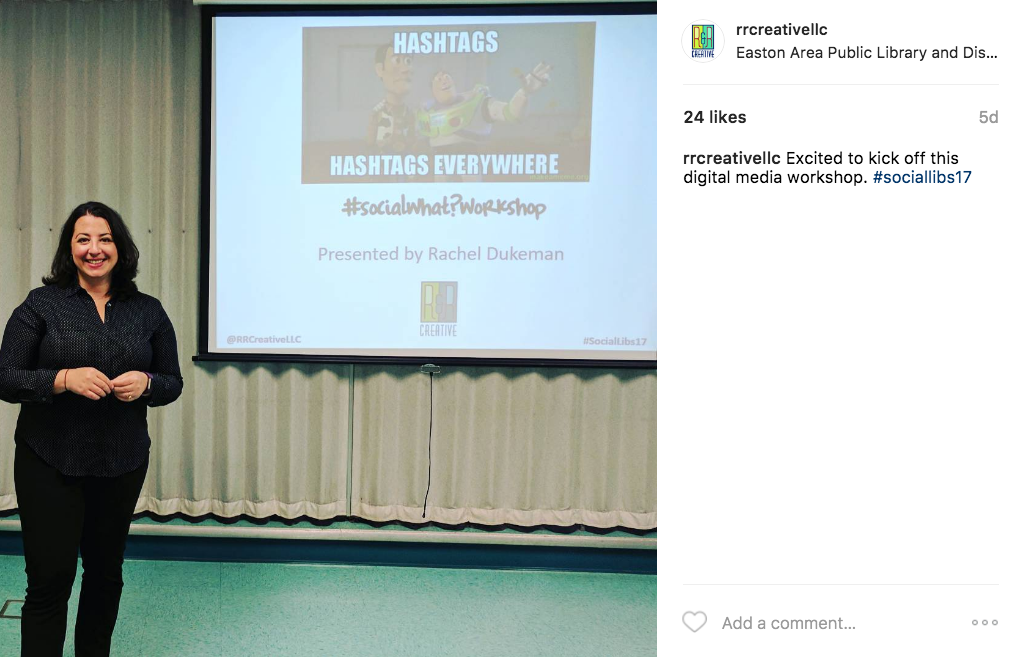
by Rachel Dukeman | May 12, 2017 | Workshop
What a day! On Friday, May 5, 2017, Rachel Dukeman led a Digital Media Marketing Workshop for Libraries at the Easton Public Library. We discussed incorporating research, planning, creativity, and consistency into digital marketing strategy. We covered the best ways to use social media and digital marketing to increase impact — from building user personas to outlining content by tone, frequency, and the right site / platform for each persona.
Attend the workshop? Check your email for the slides in two formats: Full Slides (one per page) or Handouts (4 per page).

by Rachel Waxman | Apr 28, 2017 | Action Planning, Entrepreneur, Mindfulness, Strategy
A while ago a friend of mine said to me, “I’ve had a mentor for everything I’ve done in my life… So why would pregnancy be any different?” Now, months later, my friend has a baby…. And I can see that she was exactly right.
This is hardly a novel concept, there are plenty of articles about the importance of mentorship for advancing your career. What I’m learning is that mentors can be helpful for more than just career decisions. You could have a mentor to help when buying your first house, a mentor for leading better presentations, or a mentor to consult about a serious relationship. Here are some of the many ways mentors could be huge value adds in your life…
1. You Don’t Need to Reinvent the Wheel
Chances are someone has already successfully done the thing you’re trying to do. And those are the people you should consider when looking for a mentor. Go out, find them, and ask how they did it. If you take advice from those you admire and then attempt to follow in their footsteps, you’ll likely achieve the same successes.
2. Build Valuable Skill Sets Today
…Even if you won’t need it until later. Recently, I’ve been asking mentors for specific advice on specific things and I’ve found it really rewarding. In fact, I keep imagining what a strong professional I’ll be in five years if I keep practicing these skills now. And that includes the skills that aren’t directly related to my current job role!
3. Serious Validation
A mentor can validate your work in ways that your friends and your family cannot. They’ll be honest when you’re doing well, and they’ll be honest when you need to improve. Great mentors may even lead you on the path to improvement and show you specifically how to get there.
Finding a Mentor
Now that you’re sold on how a mentor could provide value in your professional and personal life, let’s talk about finding one.
First, find people who inspire you. Use whatever tools you’ve got! Subscribe to blog posts, podcasts, LinkedIn posts and Instagram feeds of people whose work you admire. I’m a big reader, so I queue up influential books I hope to read on the Good Reads app.
Next, see if anyone you know can make an introduction between you and one of these people you admire. Most likely, this method will get you a response.
However, if you can’t get an intro, send an email or LinkedIn message out of the blue. A genuine message about something specific is hard to ignore. Something like, “I am so impressed with how gracefully you spoke on that panel last week. Your words about failure really resonated with me, and have since inspired me to think more carefully about how to get my own business off the ground. I’d love to pick your brain and hear more of your story. Do you have any time to grab coffee next week?”
Lastly, always make the coffee/lunch ask! Worst case scenario: they don’t respond. Best case scenario: they’re flattered and excited to meet you. (Please note: being ignored really is the worst case scenario. No sane human would ever respond negatively to a kind message that compliments their work.) It doesn’t always work, but you have nothing to lose by trying!
by Rachel Waxman | Apr 7, 2017 | Action Planning, Entrepreneur, Nonprofit Management
If you’ve set goals and you’re serious about meeting them, then you’re inevitably going to have to give up other tasks in order to achieve your goals. If you’re spending your time on little tasks that aren’t integral to moving toward your overall goals, then you need to get comfortable with asking for help ASAP.
Let’s say you you are a marketing professional. Then you should not be reconciling your company’s financials. Sure, you could do the books. But if there are a finite number of hours in a week and you bring in the most money by doing marketing work for your company, then you should be spending all your time on the marketing work and asking (or paying) someone else to do the books.
I must admit, though, I am horrible asking for help. I usually get caught up in one of three Delegation Fears.
1. I don’t want to waste time explaining how I want a project done.
I try to remember something I once heard in a web design class, “Everyone has a scholarship to Google University.” And it’s true! If you delegate a task, the person you sent it to should be able to figure out how to accomplish the task, even without you holding their hand and leading the way.
2. I could do it better myself.
In situations like this, I’m reminded of another piece of advice I first heard from one of Hilary Rushford’s webinars, “Perfect is the enemy of good enough.” If you like things done a certain way, I urge you to challenge your instincts. Seeking perfection is unrealistic and will set you up for failure. Instead, recognize when your work is good enough. Get it done, and move on.
3. Oh, it’ll only take me five minutes.
But imagine how many of those five minute tasks you pile on each week. Tally up those five minutes each month, and consider how much time you’ve lost in an entire year. Identify your strengths and what you bring to the table that offers the largest ROI. Delegate any tasks that aren’t within your strengths or are wasting company time.
Of course, you should work hard. But you also need to work smart. Your time is finite, so if you’ve got a lot on your plate, make sure you’re doing those tasks that will get you the most bang for your buck. Those of us who work for startups, small businesses, or nonprofits, are constantly juggling multiple tasks and projects. But when it comes to achieving the goals you’ve set for yourself and your business, you need to make sure you’re spending your (limited) time doing what is most impactful for your organization.
by Rachel Waxman | Feb 17, 2017 | Marketing
Do you think your company is successful?
Does your company have a “brand?”
In today’s ever-evolving, incredibly intricate technological market, every organization needs a brand if they want to be successful. You may think you’re doing well without a cohesive brand, but you’re probably only doing ok.
The good news is there’s room for growth.
Without a cohesive brand, no matter how you think your company is doing, you’re likely making about a 10th of the total potential impact you could make. Creating a brand, or identity, for your company is essential in today’s market. It’s the language everyone else in the world is speaking today, and you need to get on board if you want to move your organization forward.
Today’s market is incredibly competitive. And today’s audience is incredibly judgmental. But they’re also unwaveringly loyal, genuine, and relatively easy to reach. In order to tap into that potential, your company needs to create its own personality. Essentially, you need to establish a “look and feel” for your company, as if it were a real person. That look and feel will help you denote a logo, font, and color scheme that embodies your organization. And, if done well, it’ll effortlessly attract like-minded customers without much extra effort from you or your staff.
Have I convinced you yet? It’s time for a rebrand. And while you’re here taking my advice, let me give you a few nuts of knowledge I’ve picked up by taking my organization through a rebrand process:
- You need FULL buy-in from your management and executives right from the get-go. The decision makers at the top need to understand the utter importance of the brand, and they need to completely trust you to execute it properly.
- Create buy-in points along the way. Invite executives and stakeholders to be a part of the rebrand brainstorming. Collect feedback throughout the process and send regular progress updates to stakeholders and executives.
- Set deadlines with your team and your executives before you begin the process. Make sure everyone has the same expectations for when decisions needs to be made, how long the entire process will take, and which people will be responsible for which work.
- Delineate one point person and one ultimate decision-maker. (Those roles can fall to the same person, if that is best for your organization.) It’s incredibly important that all parties agree that those two people have those two roles throughout the life of the entire project. All participants, stakeholders, and executives need to trust that the point person and the decision maker will make educated decisions that are always best for the organization.
Creating a brand for your company will be a lot of work, and may take a lot of time. Be patient! And remember that if you prepare properly, you will be beyond satisfied with the incredible results your new brand yields!

by Rachel Waxman | Dec 26, 2016 | Action Planning, Strategy
…Or when you’re out for a walk, or in a spin class, or just chatting about your day with a friend? Because you’re relaxed, doing something pleasant, and focused elsewhere. Calming down enough to let your mind wander aimlessly will often lead you to that Aha! Moment you’ve been needing. This phenomenon has even been studied by scientists, who conducted experiments to prove that taking a walk outside will boost your creative idea flow.
But we can’t always get the space to go for a walk in the middle of the workday. And it’s probably unrealistic to plan to shower in your office whenever you get a creative block. I’ve previously suggested intentionally planning your days to allow downtime, while some businessmen at HBR suggest using basic mindfulness practices to allow your brain the space to have Aha! Moments.
Here are some tips you can fold into your normal workday to help open yourself to more creative ideas:
- Relax. Take some quiet time to yourself, away from the people you otherwise have to work, meet, or speak with. Just breath and be alone with your thoughts. Instead of zoning out on your phone, be intentional about leaving behind the technology and other things that could otherwise be distracting. Sometimes I’ll bring a piece of paper and write down all my thoughts.
- Do something that makes you feel good. Maybe it’s going for a walk, chatting with a friend, or listening to an inspirational podcast (I really like TED Radio Hour by NPR). Whatever works for you, go do it. Give yourself a positive energy boost and take a real break from the task you’re working on.
- Focus elsewhere. Work out, watch mindless TV, or play a solo game like Bejeweled. When you’re focused on something that only requires minimal cognitive capacity, you’re still able to let your mind wander enough to make it susceptible to an Aha! Moment.
- Take a nap. You’ve heard the advice to “sleep on it,” but that’s actually based in reality. When you wake up calm, relaxed, and rejuvenated you’ll have the mental clarity to re-evaluate the task at hand.
Not only are these tips great for inspiring creative ideas, but they’re also helpful when you’re trying to make a big decision. Whatever you’re working on or thinking about, the important thing is to relax, give yourself some mental space and a touch of positivity and you’re sure to make the best move forward.
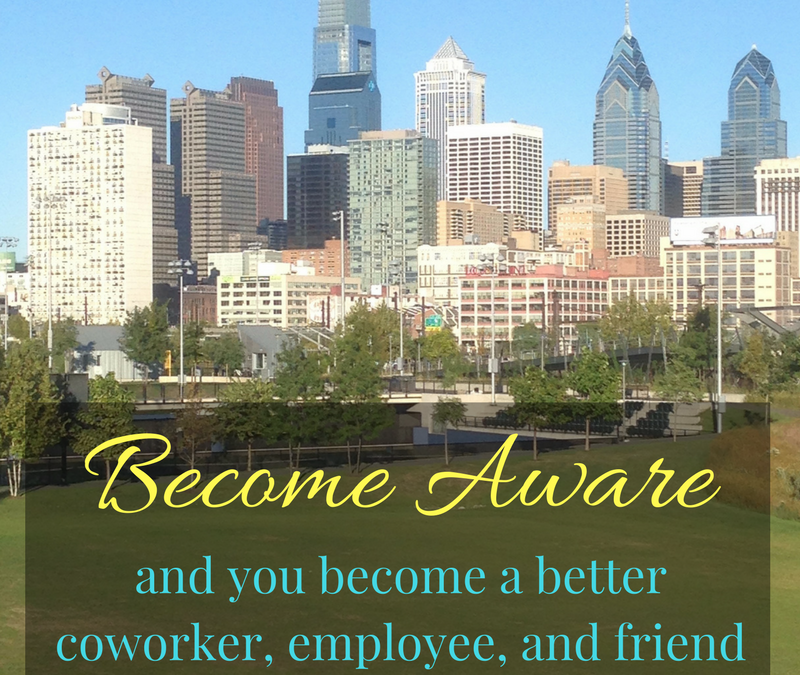
by Rachel Waxman | Dec 19, 2016 | Mindfulness
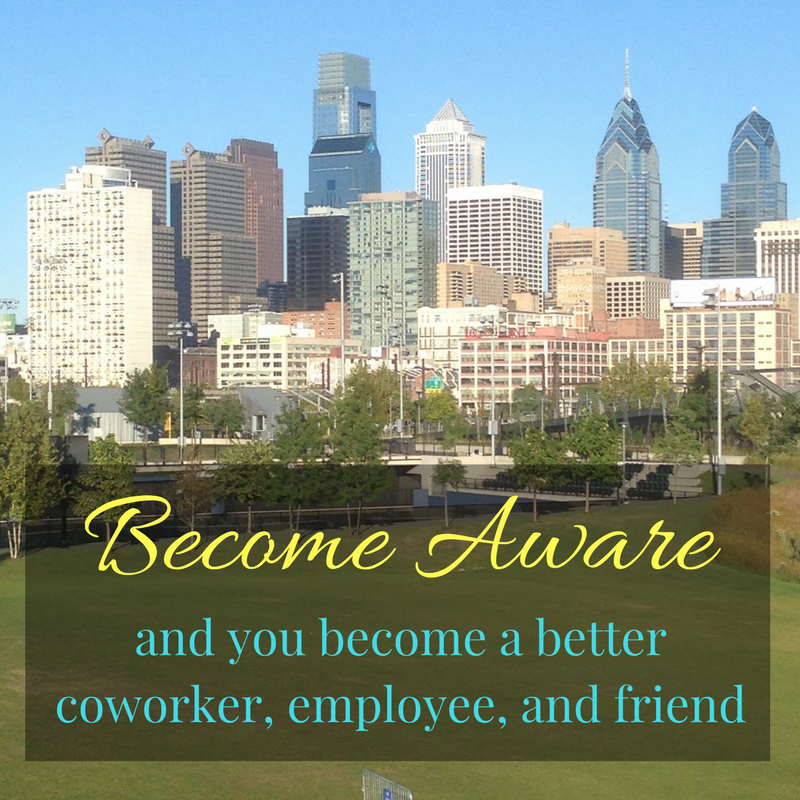
Mindfulness is all the rage right now, and I swear it is the only thing enabling my productivity these days. Before I began practicing mindfulness, I would waste hours stressing out and over-thinking almost every decision I had to make. Decisions that should be minor — like what to eat or what to wear — would take me forever. So you can imagine how long my work would to take me! (In fact, even reaching the realization that I was wasting time on minor decisions would have been impossible before I began practicing mindfulness.)
So what is all the hype about? What IS mindfulness?
It’s an overarching awareness of all the things happening within and around you. It’s the ability to focus on what’s happening in the moment. It’s the understanding of how you feel or what’s really bothering you in any given time. It’s the acknowledgement of the full scope of events happening around you: what’s causing the people around you to act the way they’re acting and say the things they’re saying. Essentially, mindfulness is emotional intelligence. And once you harness it, you’ll be much more efficient.
Ok, fine. So mindfulness is actually more than just a fad. But how do you start practicing it?
First, you’ve gotta make time to calm down. And second, you’ve gotta stick to your guns and make it a priority to give yourself that cool down time. (Psst we wrote another blog about how to prioritize things well.)
For some reason, many people I speak to are scared of meditating. I get it, I’ve been there. But taking that leap of faith was SO worth it for me, especially once I realized that I’d actually been meditating for years unknowingly. My “meditative” practice began years ago with long walks home from work, getting lost in the ballsy lyrics and strong beats of my Current Faves playlist (way back before Spotify). Walking to the beat of the music and jamming in my head gave me the mental space to cool down after a long day. During those walks I was able to process the feelings I had in the office and the true intentions behind the actions I took throughout the day. Those walks ultimately helped me recognize how I could improve my work and my attitude in the future.
Creating that space to calm down and process things without distraction has helped me become immensely more productive at work. When I’m calm and focused, I always come up with my best ideas and I’m usually able to get my best work done at the fastest rate.
Mindfulness doesn’t always necessitate meditation, but you can’t become mindful until you’re comfortable slowing down. Focus on the current moment, eliminate distractions, put your phone away. If meditation seems intense, try going for a walk by yourself and listening to the kind of music you can get lost in (for me it’s the self-titled album from The 1975 or Robyn’s Body Talk).
As I became more advanced in my mindfulness, I learned to the “meditative” state I once got from walking-and-jamming without having to walk-and-jam. Now I can find a mental calm – and thus, a mental clarity – at the gym, at my desk, or in quiet yoga studios. When I get distracted, my mindful practices help me quickly recognize that my thoughts have drifted so I can refocus on whatever task I’m working on – whether it’s pushing myself at the gym, meeting a deadline at my desk, or balancing on one leg in a yoga class.
This ability to slow down has given me the mental space to recognize what’s really happening all around me. It’s forced me to stay mentally present throughout the day, which has made me WAY more productive at work. But most importantly, it’s made me significantly more understanding of the people around me, so I’ve become a more emotionally-aware coworker, employee, and friend.







